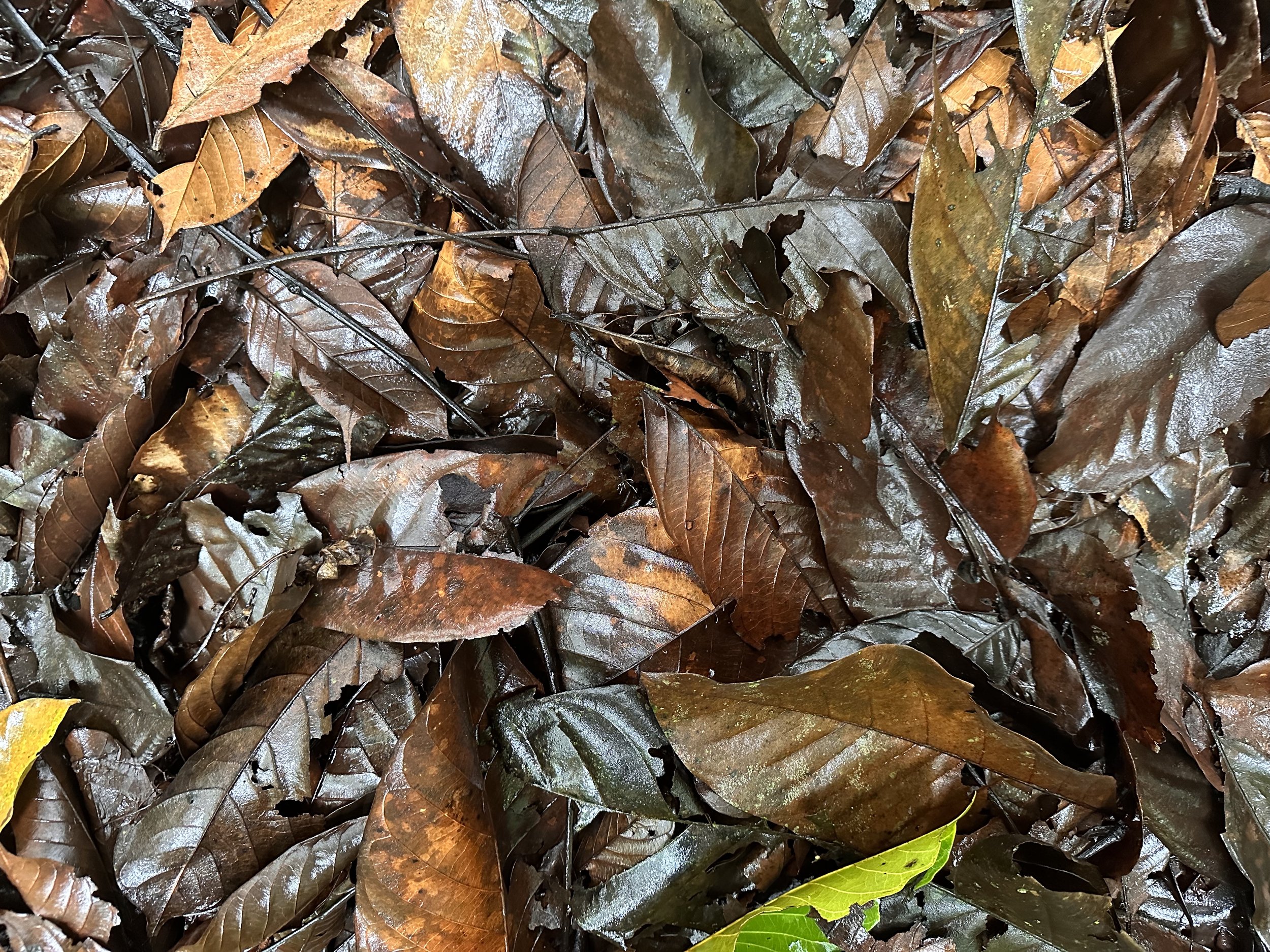
OUR RESEARCH
Documenting new behaviors in little-known species
Our research focuses on reframing popularly held understandings about who is the “choosy sex” and who is the “competing sex.”
Grounded in natural history, our research is the foundation for deeper inquiries into evolutionary biology and behavioral ecology. Through extensive fieldwork in tropical rainforests worldwide, employing integrative methods and international collaboration, we're not just studying frogs; we are advancing our understanding of life itself.
01: ECOLOGY AND EVOLUTION OF SEX ROLES
In species with sex-role reversal, females exhibit traits typically only associated with males, and the time allocated by males to parental care is more extensive than the time females need to produce more offspring. These rare cases of sex-role reversal reveal the interactions among parental care, mate choice, and mate competition that underlie the evolution of this unusual phenotype. Studying examples of sex-role reversal has been pivotal for our understanding of sexual selection in the way that the exception proves the rule.
02: PARENTAL CARE STRATEGIES AND BEHAVIORAL DECISIONS IN FROGS
In species with parental care, parents have evolved a variety of strategies to maximize the survival of their offspring. For example, parents must choose when and where to breed and how much care to provide; such choices have direct consequences in offspring life history and survival and ultimately impact parental reproductive success. Using frogs as study system, we investigate the adaptive significance (the function and benefit) of apparent parental care behaviors.
03: SEXUAL DIMORPHISM AND THE EVOLUTION OF ORNAMENTS
Weapons and ornaments are thought to evolve in response to sexual selection, such as the bright colorful feathers in birds or the antlers of deer. We are investigating sexual dimorphism in fang size and body size across members of the Fanged Frogs of Southeast Asia (Genus Limnonectes). Members of the "Fanged Frogs" exhibit mandibular bony projections (fangs) purportedly used as weapons in male-male combat over access to females. Our current research aims to describe body size and fang morphology, among species and between sexes, a task critical for future research testing functional morphology and sexual selection theory hypotheses.

WHY THIS WORK MATTERS
Discovery drives us forward
Many of the species we study are either rare or difficult to observe, yet they possess unique attributes that the scientific community has long overlooked.
Our research aims to change that. By doing the hard fieldwork, we’re rewriting the narrative and challenging the misconceptions and biases of the past. Our work not only reshapes what we thought we knew about these frogs; it reframes our understanding of the world.






